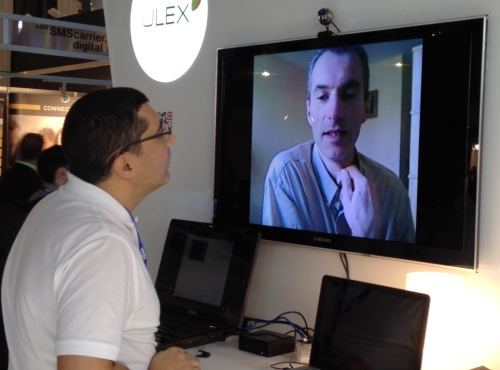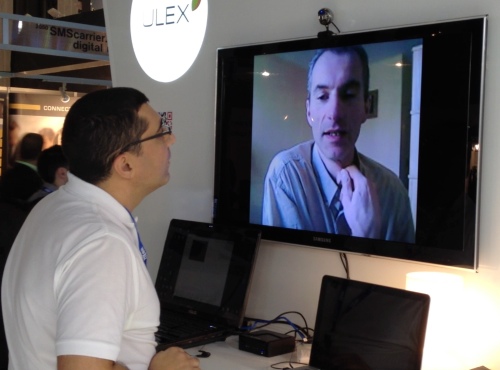
Photo: I6NET’s team using our Vxi*/RTMP systems for RTC with video HD, at MWC2012 Booth
[dt_divider style=”gap”/]A clear definition of Real-time communications is important to understand what will be the newest evolution of Internet applications and services for businesses and individuals. All is moving around to more real-time, more video, better sound quality, better screen resolution, easier human-interfaces… RTC technology helps to share together most of our senses thru digital networks at light’s speed:
Real-time communications (RTC) is any mode of telecommunications in which all users can exchange information instantly or with negligible latency. In this context, the term “real-time” is synonymous with “live.”
RTC can take place in half-duplex or full-duplex modes. In half-duplex RTC, data can be transmitted in both directions on a single carrier or circuit but not at the same time. In full-duplex RTC, data can be transmitted in both directions simultaneously on a single carrier or circuit. RTC generally refers to peer-to-peer communications, not broadcast or multicast.
In RTC, there is always a direct path between the source and the destination. Although the link might contain several intermediate nodes, the data goes from source to destination without having to be stored anyplace. In contrast, timeshifting communications always involves some form of data storage between the source and the destination.
Real-time communications can include:
- Telephony in the conventional sense
- Mobile and cellular telephone
- Two-way or multi-way amateur radio
- IM (instant messaging)
- VoIP (Voice over IP, also called Internet telephone)
- IRC (Internet Relay Chat) or other chatting modes
- Live videoconference communications
- Live teleconference communications
- Robotic telepresence.
When you leave messages by email, on a bulletin board or on a blog, you’re communicating in timeshifting mode, not real-time mode. There is a significant delay between the transmission and the receipt of the information.
Several variants of the term “real-time communications” are used by corporations as business names.
Source: http://searchunifiedcommunications.techtarget.com/definition/real-time-communications


